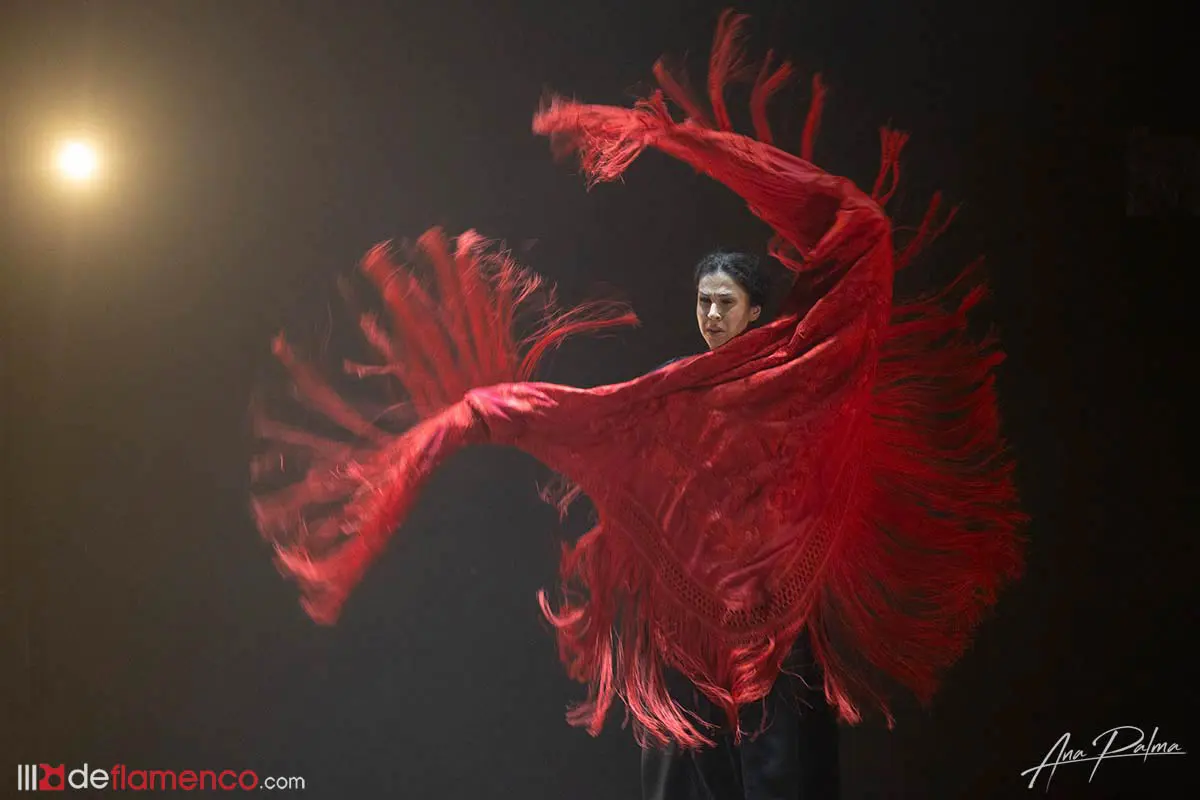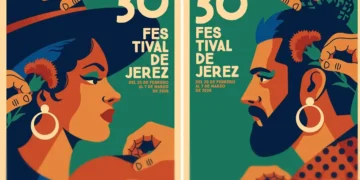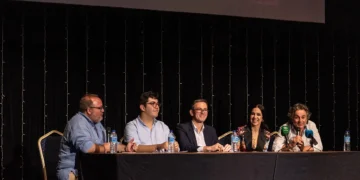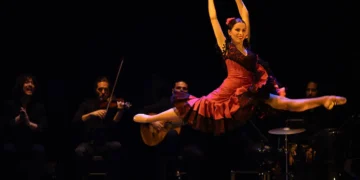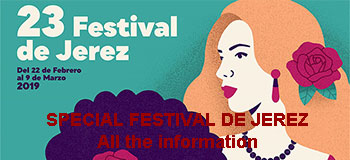De vidas – 23 february 2025 – Centro Social Blas Infante – Festival de Jerez
Cover photo: Ana Palma – Photo gallery
A titanic struggle with yourself. A massive quarrel, where you throw chairs, even pull your own hair, fighting that other self lurking at the bottom of the mirror—the one wearing clothes that no longer represent you, that get in the way; the part of you that walks in a manner that wounds, that shrinks and deforms you. Addictions and obsessions that nest in your mind, spinning stories that make streaming platforms like Filmin unnecessary. Layers and layers of all the “yous” standing before you, with whom, sooner or later, you’ll have to settle accounts. I have no idea what Rocío Garrido was battling against, but I can certainly vouch for the fight.
The Almería-born artist staged this duel at the Centro Social Blas Infante, a new venue replacing the Museos de la Atalaya for this 29th edition of the Festival de Jerez. Not without complaints, though—some seats had poor visibility, the venue was far from the city center, and the stage was too high…
A fight, as we said. And this dancer (winner of the 2023 Desplante Prize at Las Minas de la Unión) never threw in the towel. Even if the piece’s stitching sometimes feels slow, monotonous, or distressing, the lighting and set design—branches reminiscent of those used to burn witches and heretics—deliberately sustain the oppression Garrido repeatedly rebels against: through the granaína, the petenera, the siguiriya. And also with Lacrimosa, that piece from Mozart’s Requiem which, though overused, was fitting here, as it literally narrates a day of tears and mourning when humanity will rise from the ashes to be judged. Let’s just say it’s never a good day for the final judgment.
Rocío, who seems unable to find peace in any corner, dances with desperation but always with precision—her strength is enviably Olympian. She responds with supernatural expressiveness to the cracked voice of Pepe de Pura—a masterful guarantee of shelter—and to the versatility, maturity, and elegance of young cantaora Esperanza Garrido—what a delightful discovery—who can either touch a nerve you didn’t know you had or twist your insides with an almost operatic song that invites you to dream. David Caro takes charge of the musical direction, framing a sonic space with his guitar. Another one who no longer just promises—he delivers.
The hand pulling the strings, that is, the artistic and choreographic direction of the piece, was led by Eva Yerbabuena. She contrasts her radiant and joyous performance at Teatro Villamarta just the night before with the weight of this dark, obsessive, and cathartic work that left the Almería-born dancer exhausted, disheveled, and (hopefully) satisfied with the purge.
Discover more from Revista DeFlamenco.com
Subscribe to get the latest posts sent to your email.


